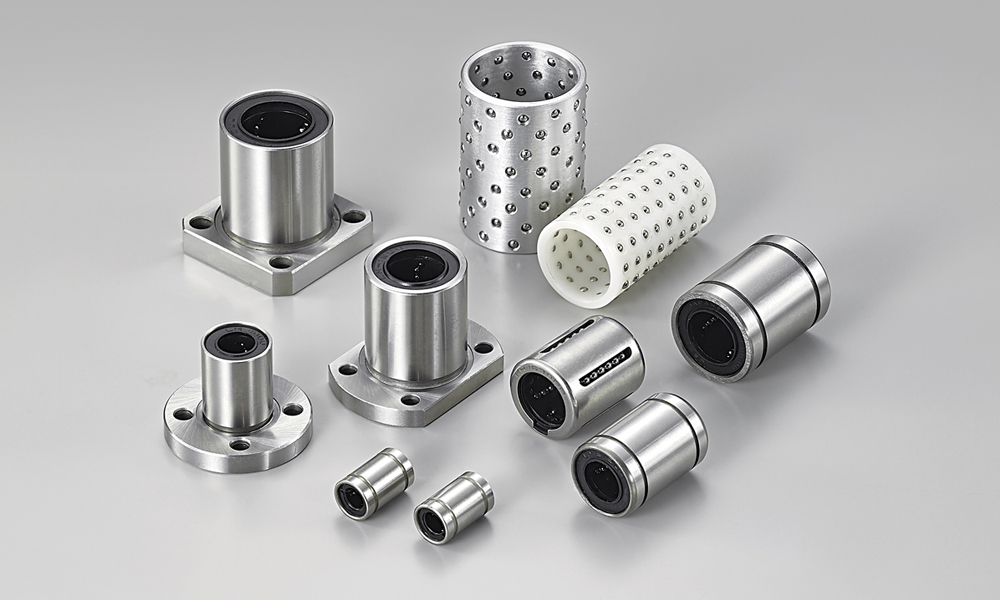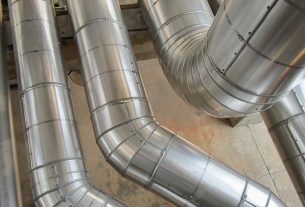Have you ever wondered how machines and equipment can achieve smooth and precise linear motion? Linear movement principles form the basis of many mechanical systems, and knowledge of these concepts can substantially improve your ability to design and troubleshoot machinery.
One of the basic but rather important components used for deriving linear movement is the linear ball slide. In this article, we will understand the basics of linear motion, put our focus on the role of linear ball slides in the industry, and point out their applications and advantages.
What Is Linear Motion?
Linear motion is a kind of motion that travels along a straight line. It thus differs from either rotational or curvilinear motion. It forms the basis for many mechanical systems, starting from simple sliding mechanisms to comprehensive automation set-ups. Linear motion systems are designed such that all the parts featured in the system shall move on a straight path with minimum friction and wear.
Some of the major characteristics associated with linear motion are:
- Direction: It occurs along one axis.
- Continuity: The motion is smooth and linear, with no jerky or erratic movements.
- Precision: It involves high accuracy in the movement; for instance, in CNC machines and robotics.
How Linear Ball Slides Work
The following are the major constituents of a linear ball slide:
- Rails: These are the tracks on which the moving parts run. They can be manufactured from hardened steel or other hard materials.
- Carriages: The carriages, also called slide blocks, move on the rails. Ball bearings are embedded in them that reduce the friction to very low values and provide smooth motion.
- Ball Bearings: These are small spherical components that facilitate smooth rolling motion between the rail and carriage. They help reduce friction and support the load.
Advantages Of Using Linear Ball Slides
- Low Friction: Ball bearings, the main component of linear ball slides, contribute significantly to friction reduction against conventional sliding mechanisms. This assures smoother motion and less wear on components.
- High Load Capacity: Linear ball slides are designed to carry considerable loads with a high degree of precision. They find an appropriate place in heavy-duty applications wherein stability and accuracy turn out to be prime concerns.
- Precision and Accuracy: The design of linear ball slides ensures precise movement along the rail; thus, linear ball slides can be used for high-precision applications.
Conclusion
A basic knowledge of linear motion and linear ball slides comes in handy in the creation and servicing of effective and accurate machinery. The major advantages of linear ball slides include low friction, high load capacity, and precision; thus, they become a very valuable component for many applications. You will be able to realize smooth, accurate linear motion when you integrate linear ball slides into your systems, improving the performance and life expectancy of your equipment.




